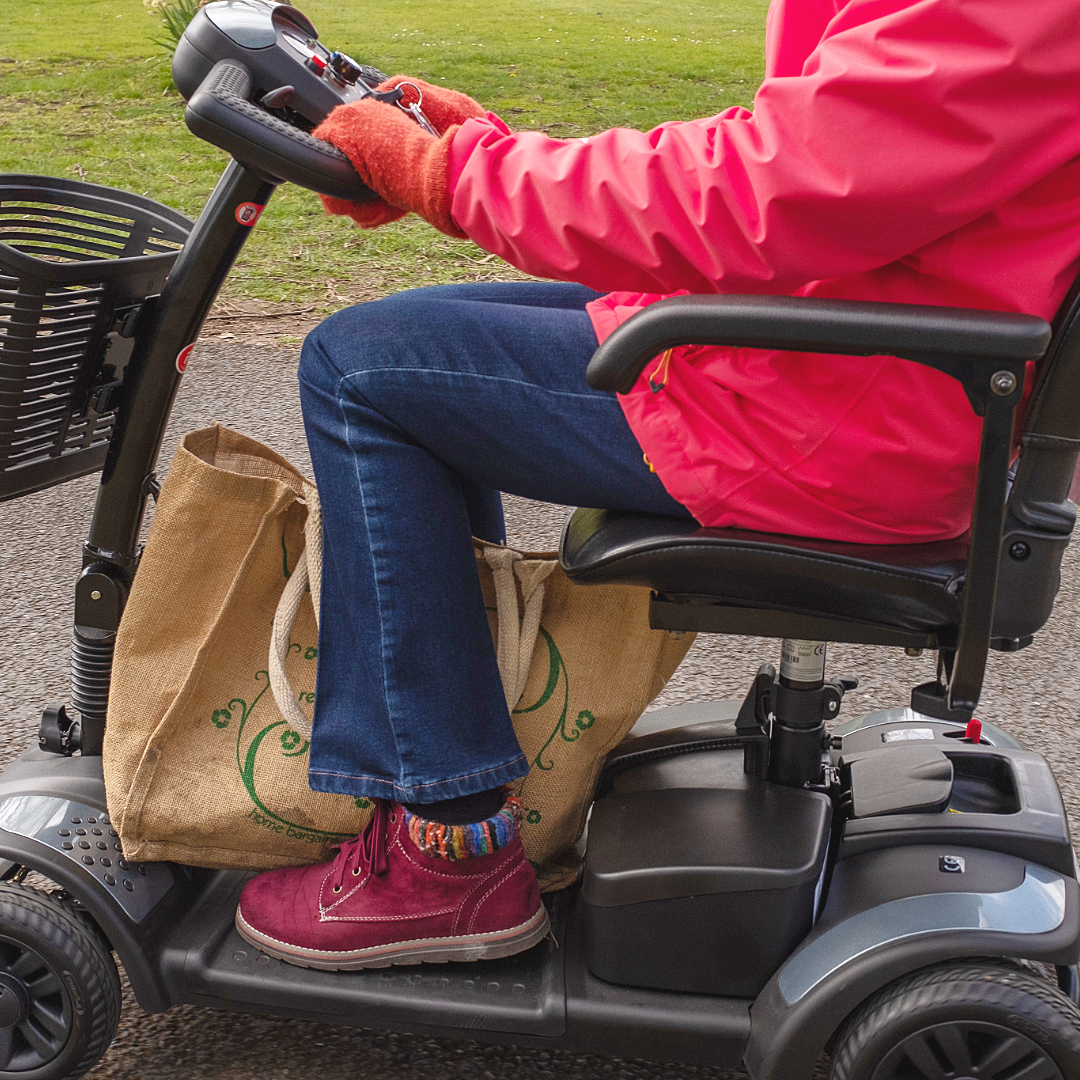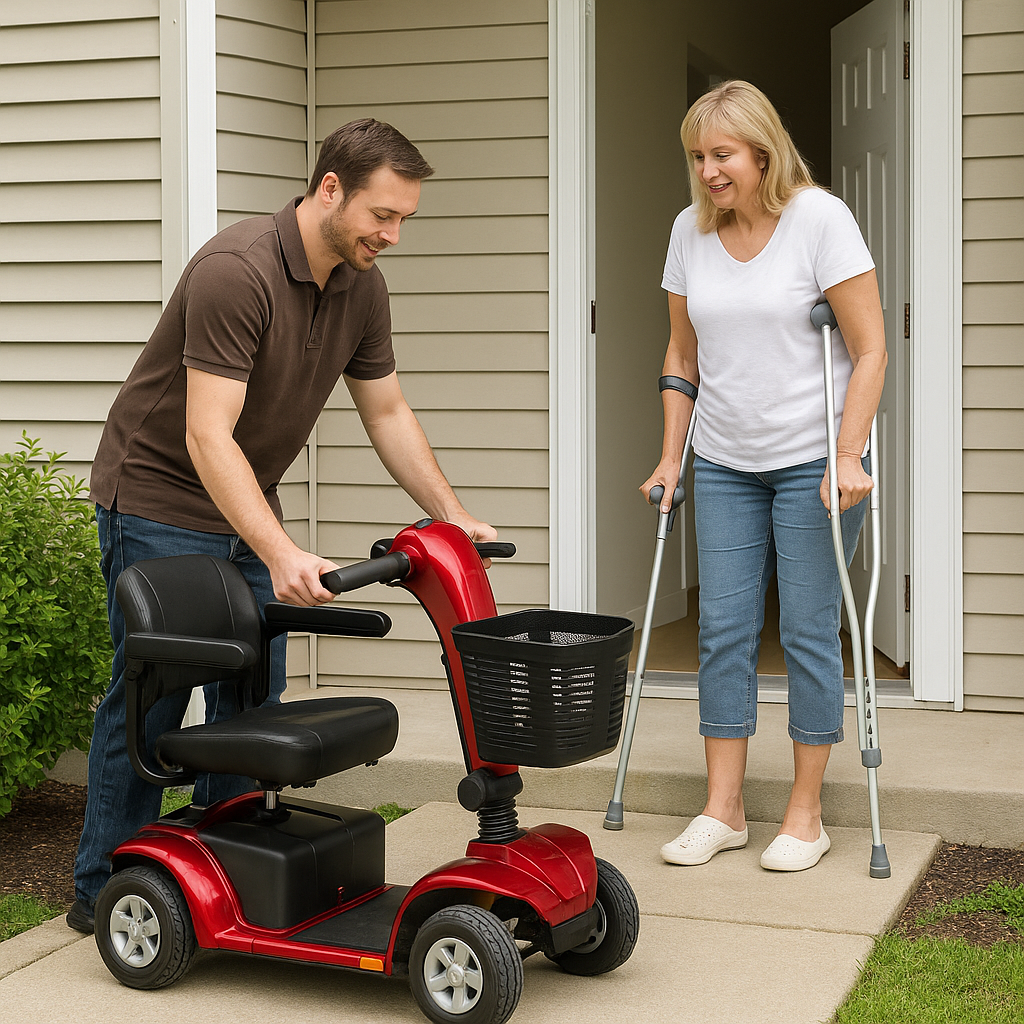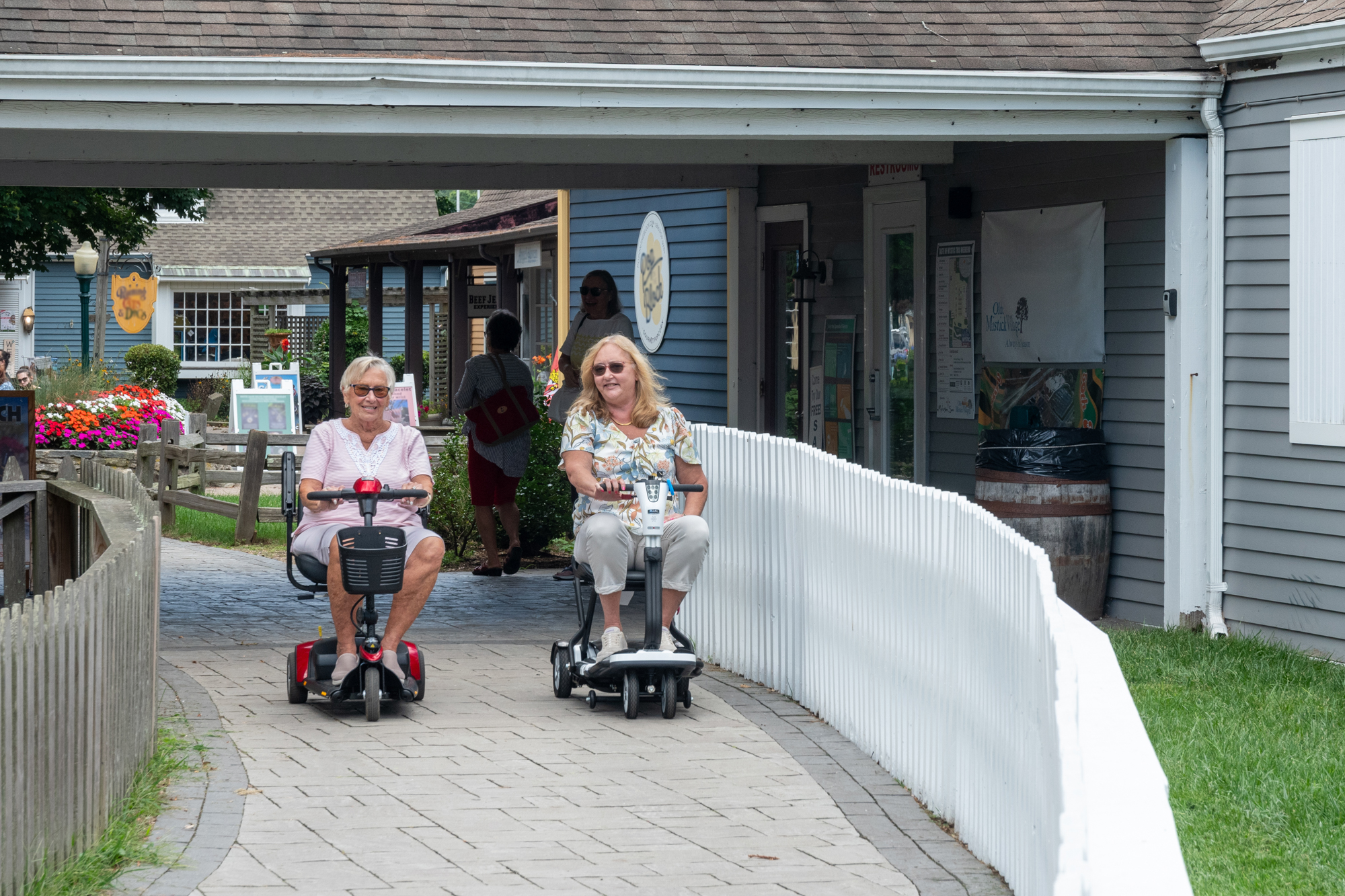Mobility scooters have become a staple for many individuals with physical impairments, offering freedom and independence in movement. But have you ever wondered about the origins of these life-changing devices? Let’s delve into the fascinating history of mobility scooters, from their humble beginnings to their modern-day advancements.
The Birth of Mobility Scooters
In 1968, plumber Allan Thieme forever changed the options for mobility aids when he invented the world’s first power scooter. Thieme’s invention was born out of necessity and compassion. Frustrated with the limited mobility options available to a family dealing with multiple sclerosis, Thieme set out to create a solution that would provide greater freedom and convenience.
Features and Functionality
Mobility scooters are battery-powered disability vehicles equipped with three or more wheels, designed to assist individuals with physical impairments with moving around. Unlike manual wheelchairs, mobility scooters offer a more effortless means of transportation for those who lack the stamina or arm/shoulder flexibility required for manual propulsion.
Key features of mobility scooters include handlebars or delta-style steering arrangements, allowing for easy maneuverability. Many models also feature a swivel seat, enabling users to access the scooter even when the handlebars obstruct the front. Additionally, mobility scooters often come with onboard charging options, ensuring convenient recharging wherever the user may be.
Battery Life and Options
One of the essential aspects of mobility scooters is their battery life. A full charge can typically last between 15 to 25 miles, providing users with ample range for their daily activities. However, rough road conditions or frequent use of inclines can affect battery life, potentially reducing it to as low as 5 miles.
Plus, mobility scooters come in a variety of shapes and sizes to cater to diverse needs and preferences. Some models even offer additional features such as weatherproof coverings, providing protection from the elements during outdoor use.
Accessibility and Licensing
One of the significant advantages of mobility scooters is their accessibility. Unlike traditional vehicles, users typically do not need a driver’s license to operate a mobility scooter. This accessibility ensures that individuals with physical impairments can enjoy greater mobility without the bureaucratic hurdles associated with obtaining a drivers license.
The evolution of mobility scooters from Allan Thieme’s pioneering invention to modern-day innovations highlights the ongoing commitment to accessibility and inclusion. These devices have transformed the lives of countless individuals, offering newfound freedom and independence in navigating the world around them. As technology advances, we can expect further enhancements in mobility aids, reaffirming the importance of innovation in improving the quality of life for all.




